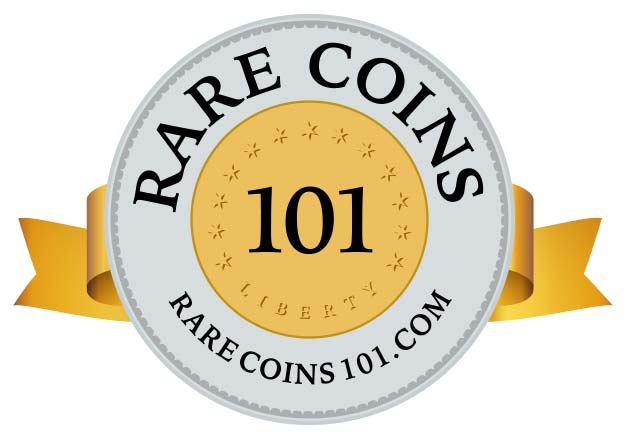1909-S Indian Head Cent
The first branch mints in the United States opened for business in 1838. At that point, Americans were introduced to the concept of “mintmarks”, denoting the place of origin of a coin (although the absence of a mintmark, until far into the 20th century, meant the coin came from Philadelphia).(1)
For the one cent coin, a denomination struck every year from 1793 to the present (with the sole exception of 1815) the first mintmark did not appear until the 1908-S Indian Head cent, when more than 1.1 million were produced.
In 1909, the San Francisco Mint once again struck Indian cents, but only during the first two months of the year. Production of the 1909-S was halted because Mint officials knew the new Lincoln cent dies were on their way from Philadelphia to the West Coast.(2)
Before giving way to the Lincoln cent, just 309,000 of the 1909 Indian cents bearing the “S” mintmark were struck, by far the lowest reported mintage of the entire Indian Head series of 1859-1909. Thus, the 1909-S joined the 1877 as the only Indian cents with outputs of less than one million pieces.
Contemporary collectors were aware the 1909-S would not only be the last of Indian Head cents, and was to be issued in relatively small numbers to boot. Consequently, thousands of examples were saved.(3)
Because the goal of completing a full set was both entertaining and achievable, Indian Head cents have been among the most popularly sought coins by collectors over the last 100 years. Thanks to its comparable elusiveness, the 1909-S was at the forefront of the key date chase, trailing only the famous 1877.
Although not a great rarity, the broad demand for the 1909-S Indian cent catapulted its profile higher than most collectible coins, where it remains today.
As a testament to its broad-based importance in numismatic circles, many fraudsters have attempted to alter the common 1909 Indian cent or fabricate counterfeit 1909-S pieces. When determining the authenticity of this date, experts hone in on the tips of the headdress feathers. Genuine 1909-S cents are almost always weakly struck at the feather tips.
The 1909-S Indian Head cent has a long history of moving in cycles, somewhat like a roller coaster. Prices go up for a few years, then plunge for a while, then climb upward again to begin another cycle anew. Predictably, the cost of acquiring an example of this key date is considerably less than it was a few years ago. Bargain shoppers, take note!
| Estimated survivors in all grades: 4800 ?
The survivor estimate from PCGS represents an average of one or more experts' opinions as to how many examples survive of a particular coin in all grades. Survival estimates include coins that are raw, certified by PCGS, and certified by other grading services. Learn more at PCGS. |
| PCGS Rarity Scale: 4.0 ?
The 'PCGS CoinFacts Rarity Scale' assesses the relative rarity of all U.S. coins, based on estimated surviving examples. The scale runs from 1.0 to 10.0. The higher the number, the rarer the coin.
Learn more at PCGS. |
| Search for the 1909-S Indian Head Cent on eBay** |
Preview of eBay selection:
 |
 |
| Trendline Avg = 7.87 | CLASSIC RARITY |
 |
 |
| Trendline Avg = 7.87 | CLASSIC RARITY |
Historic Value Trend Charts:
| Last updated 11-9-25 | Return to Key Date Coin List | |
| Compare to Common Date Coin of Same Type | ||
|
|
||
| Download Charts to Your Computer | ||
Sources
1. Yeoman, R.S. and Garrett, Jeff, et al. A Guide Book of United States Coins, 75th ed. Pelham, AL: Whitman Publishing, 2021.
2. Stack's Bowers Galleries. 1909-S Indian Cent. Jun 2021 Auction.
3. NGC. 1909 S INDIAN 1C MS.
**Many very fine coin dealers sell on eBay. At any point in time, there may be over one million search results for United States coins. This includes quite a few of the recommendations on our Key Date Coin List.
If you’re thinking about purchasing a rare coin, eBay is certainly worth a look. For your convenience, the links from this site to eBay are coded to bring up only coins certified by PCGS and NGC.
As is always, always the case, never buy a valuable coin from a seller whose trustworthiness cannot be verified. Learn more about this at our chapter Best Places to Buy Coins, which also has a section on doing business on eBay.
In the interest of full disclosure, Rare Coins 101 receives a small commission anytime someone connects to eBay from this site and purchases something.
Coin images by Stack's Bowers Galleries.


